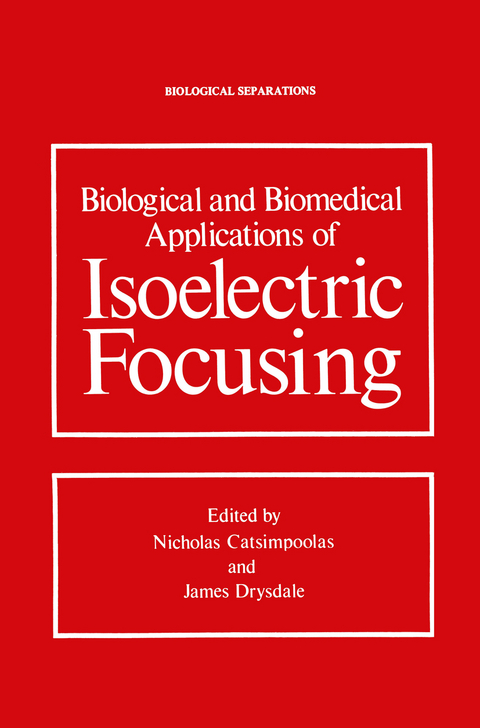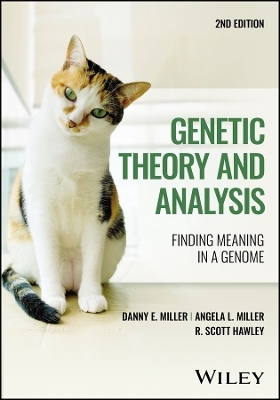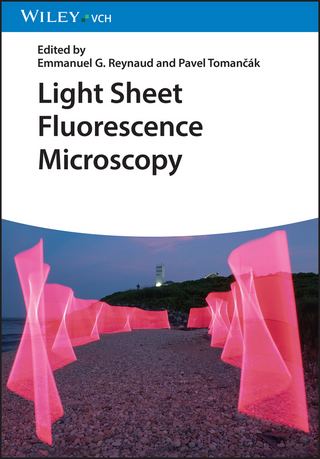
Biological and Biomedical Applications of Isoelectric Focusing
Springer-Verlag New York Inc.
978-1-4613-4183-3 (ISBN)
Drysdale vii Contents Chapter J Isoelectric Focusing of Human Saliva, Cerebrospinal Fluid, and Urine Josie A. Beeley I. Introduction I II. Isoelectric Focusing of Saliva ...2 A. Gel Rods and Thin Layer Gels ...2 B. Liquid Columns ...4 C. a-Amylases ...5 D. Immunoglobulins ...11 E. Blood Group Specific Substances ...11 F. Vitamin B12 Binding Proteins (Cobalophilins) ...12 G. Other Glycoproteins ...13 H. Lysozyme ...14 I. Specific Salivary Proteins ...14 J. Dental Plaque ...15 K. Other Proteins ..., ...16 III. Isoelectric Focusing of Cerebrospinal Fluid ...
1 Isoelectric Focusing of Human Saliva, Cerebrospinal Fluid, and Urine.- I. Introduction.- II. Isoelectric Focusing of Saliva.- III. Isoelectric Focusing of Cerebrospinal Fluid.- IV. Isoclectdc Focusing of Urine.- V. Conclusions.- VI.References.- 2 The Use of Gel in the Analysis of Hemoglobins.- I. Introduction.- II. Practical Applications.- III. Experimental Applications.- IV. References.- 3 Isoelectric Focusing of Allergens.- I. Introduction.- II. Methods.- III. Isoelectric Focusing of Allergens.- IV. Applications.- V. General Comments.- VI. References.- 4 Isoelectric Focusing of Muscle Proteins.- I. Introduction.- II. Technical Considerations.- III. Specific Applications.- IV. Conclusions and Predictions.- V. References.- 5 Studies of the Structure and Synthesis of Immunoglobulins by Isoelectric Focusing.- I. Introduction.- II. Methods of Isoelectric Focusing of Immunoglobulins.- III. Isoelectric Focusing of M-Proteins.- IV. Studies of Antibody Structure and Heterogeneity by Isoelectric Focusing.- V. Studies of Antibody Synthesis.- VI. References.- 6 The Use of Isoelectric Focusing in the Separation and Characterization of Nuclear Nonhistone Proteins.- I. Introduction.- II. General Properties of NHP.- III. Isoelectric Focusing of NHP.- IV. Artifacts and the Heterogeneity of NHP.- V. Conclusion.- VI. References.- 7 Isoelectric Focusing of Membrane Components.- I. Introduction.- II. Methods.- III. Biological Applications.- IV. References.- 8 Isoelectric Focusing of Seed Proteins.- I. Introduction.- II. Food Proteins.- III. Enzymes.- IV. Protease Inhibitors.- V. Lectins.- VI. Genetic Studies.- VII. Conclusion.- VIII. References.- 9 Isoelectric Focusing of Microbial Proteins.- I. Introduction.- II. Materials.- III. Methods.- IV. Isoelectric Focusing of Microbial Proteins.- V. Conclusions.- VI. References.- 10 Isoelectric Focusing of Serum Proteins.- I. Introduction.- II. Gel Isoelectric Focusing Alone.- III. Gel Electrofocusing Followed by Electrophoresis.- IV Individual Types of Protein in Serum or Plasma.- V. Clinical Applications.- VI. References.
| Reihe/Serie | Biological Separations |
|---|---|
| Zusatzinfo | XVI, 352 p. |
| Verlagsort | New York, NY |
| Sprache | englisch |
| Maße | 155 x 235 mm |
| Themenwelt | Medizin / Pharmazie ► Medizinische Fachgebiete ► Biomedizin |
| Naturwissenschaften ► Biologie ► Biochemie | |
| Naturwissenschaften ► Biologie ► Zellbiologie | |
| ISBN-10 | 1-4613-4183-3 / 1461341833 |
| ISBN-13 | 978-1-4613-4183-3 / 9781461341833 |
| Zustand | Neuware |
| Haben Sie eine Frage zum Produkt? |
aus dem Bereich


